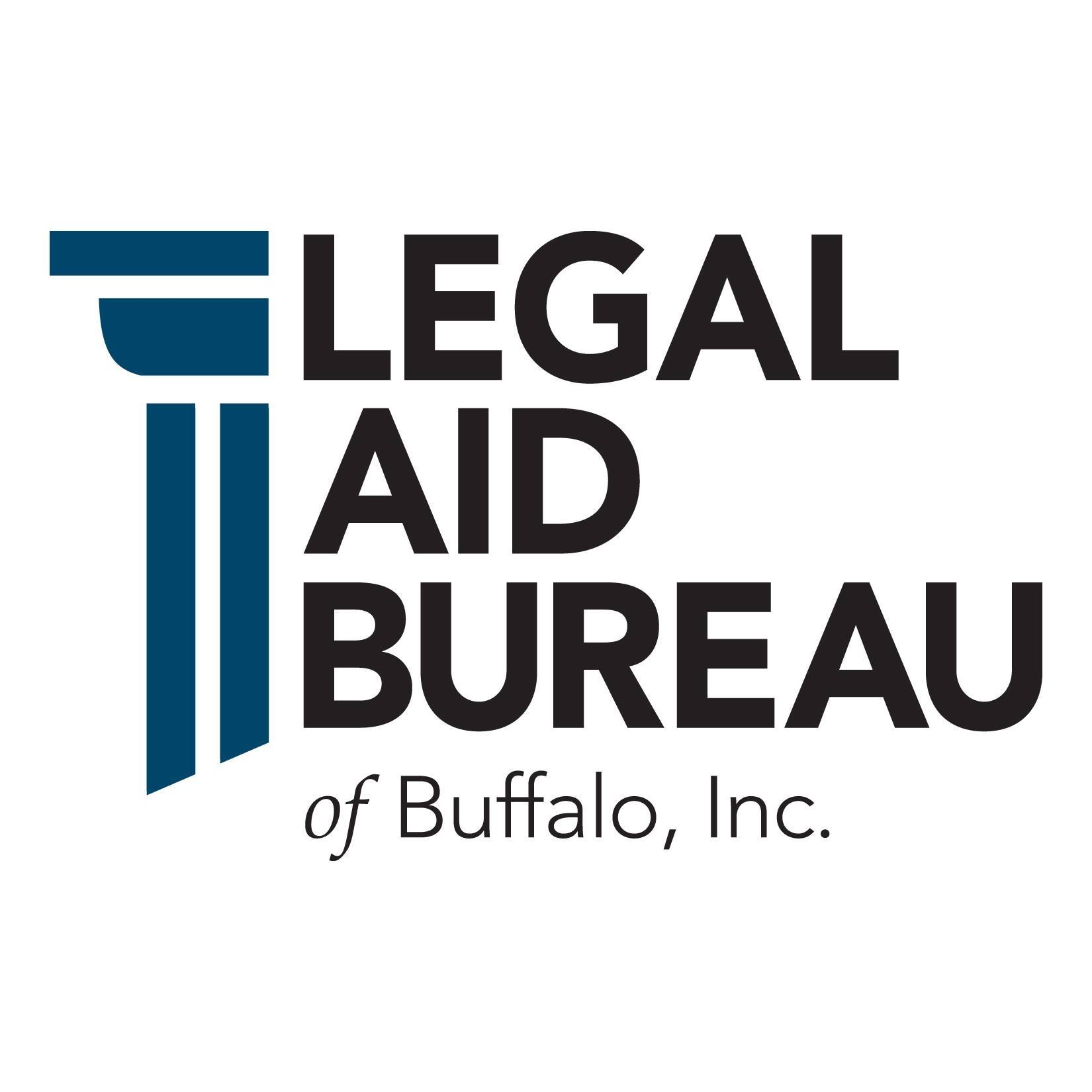Traffic Stops and Violations FAQs
Please continue to watch this space as we continue to add more information.

What to Do If You Are Pulled Over
What do I do if I see a police cruiser approaching from behind with lights and sirens on but I am unsure if he wants me to pull over?
Safely pull over as soon as possible regardless of whether or not you believe the officer is pulling you over. If the police officer continues past you simply reenter the flow of traffic as soon as you can do so safely.
What do I do if a police officer pulls me over for a vehicle and traffic stop?
After safely pulling over to the side of the road roll down your driver side window and place your hands on your steering wheel until the police officer approaches your window. Be polite and courteous even if you believe there is no valid reason for the officer to pull you over. You will not win an argument with the officer and could make a bad situation worse. The goal at this point is to get through the traffic stop as quickly and safely as possible. You can argue the legality of the traffic stop later.
If the officer asks you for your license, registration, or proof of insurance ask the officer for permission to reach into your glove box, center console, purse, wallet, or wherever the documents may be to get them.
If the officer takes your documents and returns to his cruiser remain seated and still with your hands on the steering wheel until the officer returns to your window. Do not make excessive movements or reach for anything while the officer is away from your vehicle.
If the officer gives you a citation/ticket simply take it, again you will not win any arguments with the officer. You will have an opportunity to fight the citation at a later date.
At the completion of the stop ask the officer if you should pull back into traffic before or after the officer. Safely pull back into the flow of traffic.
What to Do If You Receive a Vehicle and Traffic Citation/Ticket
I received a traffic ticket now what do I do now?
If you were given a citation/ticket from a police officer there are instructions on the citation/tickets. Each city, town, and village may have different procedures for answering tickets so review the citation/ticket thoroughly. Make sure to take note of the date the citation/ticket must answered by. If you fail to answer the citation/ticket by that date your LICENSE COULD BE SUSPENDED.
Most cities, towns, and villages allow you to answer the citation/ticket by mail instead of appearing in person to plead GUILTY or NOT GUILTY. Follow the specific instructions on the citation/ticket.
If you wish to plead GUILTY by mail follow the instructions on the citation/ticket. Some cities, towns, villages may have the fine and surcharge listed on the citation/ticket and may require you to submit the fine and surcharge when you mail in your guilty plea. Other times a fine notice will be sent by the court clerk after your guilty plea has been received. Again, review the instructions on the citation/ticket thoroughly before mailing in your guilty plea. Make sure that your address is printed correctly on the citation/ticket. If your address is not correct or has changed follow the instructions on the citation/ticket. If there are no instructions concerning address changes enclose a letter with your citation/ticket.
If you wish to plead NOT GUILTY by mail follow the instruction on the citation/ticket. If the citation/ticket asks if you would like a supporting deposition answer YES. Once the court receives your not guilty plea you will be mailed a notice to appear in vehicle and traffic court to contest your citation/ticket. Make sure that your address is printed correctly on the citation/ticket. If your address is not correct or has changed follow the instructions on the citation/ticket. If there are no instructions concerning address changes enclose a letter with your citation/ticket.
Types of Traffic Violations
What is a moving violation?
A moving violation is any violation of the vehicle and traffic law that occurs while your vehicle is in motion. The most common example is speeding, however, there is an extensive list of other moving violations including failing to signal a turn, failing to maintain your lane, disregarding a traffic control device, and failing to move over or slow down for emergency and law enforcement vehicles. For a list of the most common moving violations go to https://dmv.ny.gov/tickets/about-nys-driver-point-system.
What do I do if a police officer pulls me over for a vehicle and traffic stop?
After safely pulling over to the side of the road roll down your driver side window and place your hands on your steering wheel until the police officer approaches your window. Be polite and courteous even if you believe there is no valid reason for the officer to pull you over. You will not win an argument with the officer and could make a bad situation worse. The goal at this point is to get through the traffic stop as quickly and safely as possible. You can argue the legality of the traffic stop later.
What is a non-moving violation?
A non-moving violation is any violation of the vehicle and traffic law that does not pertain to the physical driving of your vehicle. Although it would seem that a “non-moving” violation would occur only when your vehicle is parked this is not the case. There are various non-moving violations you can be cited for while driving your vehicle. These include driving on a suspended license or registration, operating a motor vehicle without insurance, or unlicensed operation of a motor vehicle. The category of “non-moving” violations also includes citations/tickets for issues pertaining to vehicle and driver safety such as obstructed driver’s view, window tint being too dark, bald tires, broken or out headlights or brake lights.
What is the difference between a moving and non-moving violation?
The major difference between moving and non-moving violations is the points that can be assessed to your license if convicted of a particular offense. All moving violations carry a pre-determined amount of points that are assessed on you license if you are convicted of the violation. Moving violations carry a point assessment from 2 points to 11 points depending on the severity of the moving violation. Non-moving violations have no such pre-determined points.
